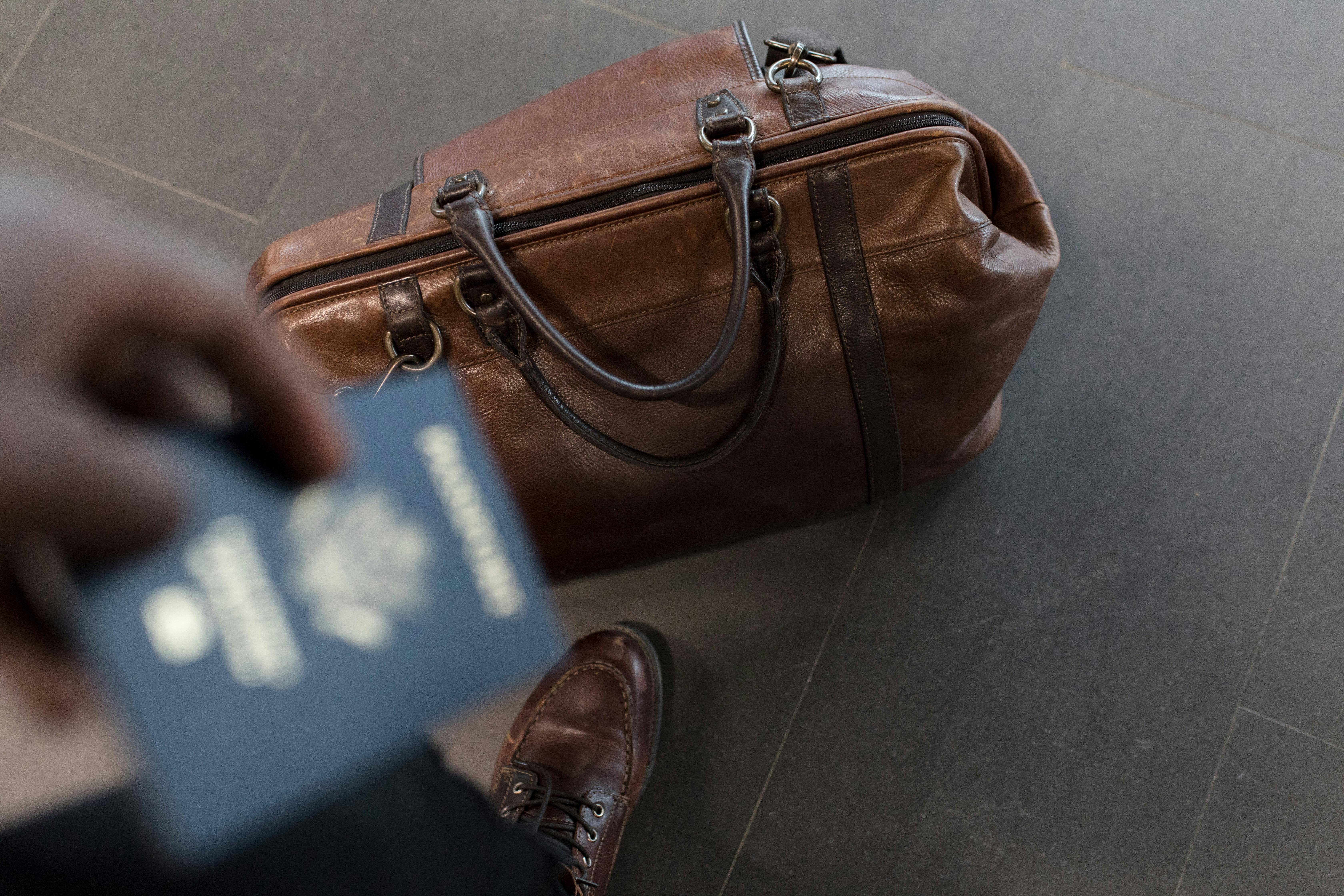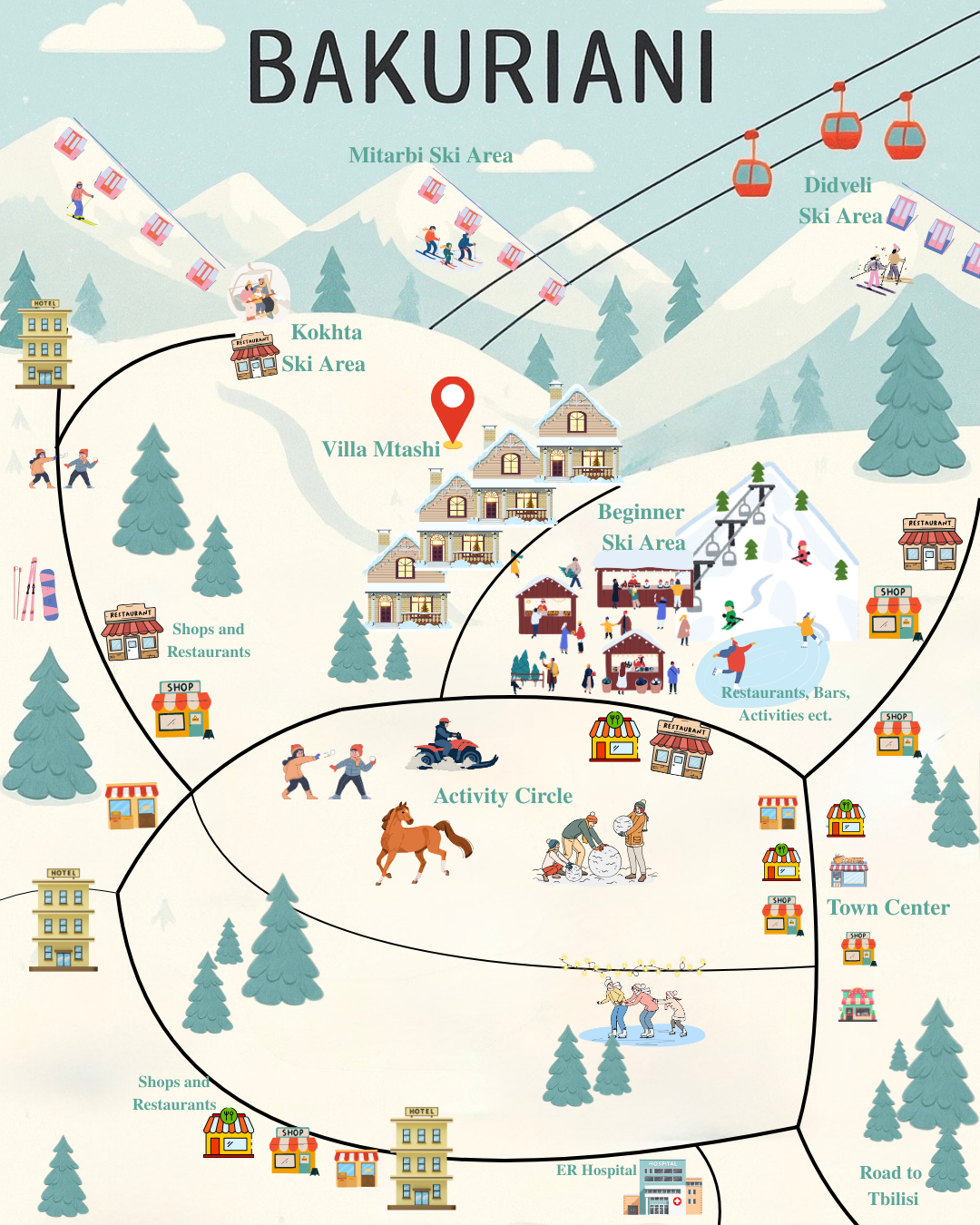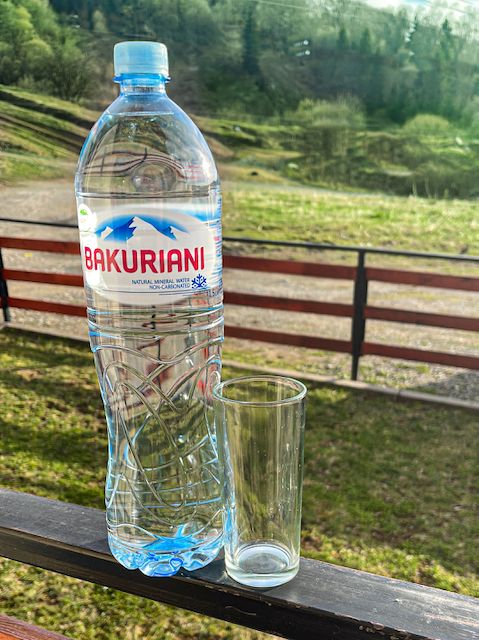The side of travel you won’t find in a brochure
Travel is exciting. It opens up your world—literally and figuratively. But if you’ve ever come home from a trip feeling like it didn’t quite match the picture in your head, you’re not alone.
As someone who works in travel, I see both sides: the magic and the machinery. I love helping people explore new places—but I also believe travelers deserve more than just a pretty itinerary and a few buzzwords. So here’s the part companies don’t say out loud.

1. Group tours are designed for flow, not flexibility.
That polished itinerary you get on a guided tour? It’s designed for smooth logistics, balanced pacing, and tried-and-true methods. It’s meant to give you the best chance at a relaxed and rewarding trip—especially if you’re visiting somewhere unfamiliar.
But just know: it won’t always leave space for that spontaneous half-day detour or the quiet café you spotted on the bus. That’s not a flaw—it’s just the trade-off for a travel experience that works for many people at once.
And honestly? Sometimes going with the flow is the best kind of freedom.
2. “Authentic” experiences are often curated.
The cooking class, the wine tasting, the village walk—they’re lovely. But they’re usually made for travelers, not pulled from local daily life.
That doesn’t make them fake—it just means they’re organized, polished, and timed.
So enjoy them! Just know that the real life of a place is happening behind the stage. Be open to noticing it when you’re walking between stops or chatting with someone off-script.
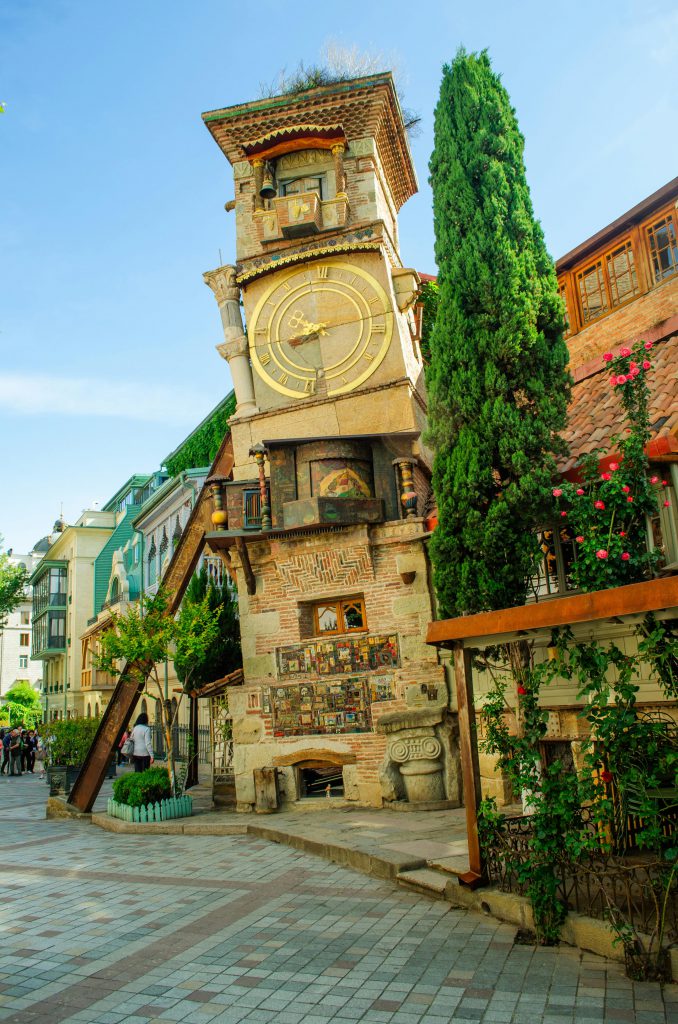
3. Every destination has a rhythm—and tours move faster.
A quick trip is exciting, but it can also be intense. You might visit three towns in five days and barely scratch the surface.
That’s okay, as long as you know what you’re getting: a highlight reel, not a deep dive.
If you want more slowness, build it in. Stay an extra day. Wander a bit without the plan. Let the place breathe around you.
4. There’s no such thing as a “perfect” trip.
Even the best-planned holiday hits a snag—late buses, bad weather, or someone catching a cold.
It doesn’t mean the trip failed. It just means it was real.
The moments that go sideways often become the stories you remember most. Travel well, but let go of perfect.
5. Travel is run by people, not autopilot.
Behind every smooth transfer, warm meal, and weather-related Plan B is a person solving problems quietly and quickly. Most travelers don’t see that side of things.
You don’t have to—but it helps to keep it in mind.
So if something doesn’t go to plan, or you run into a grumpy waiter or a less-than-welcoming local, remember: travel runs on human hands. A little patience and flexibility go a long way—not just for the staff helping you, but for your own peace of mind too.
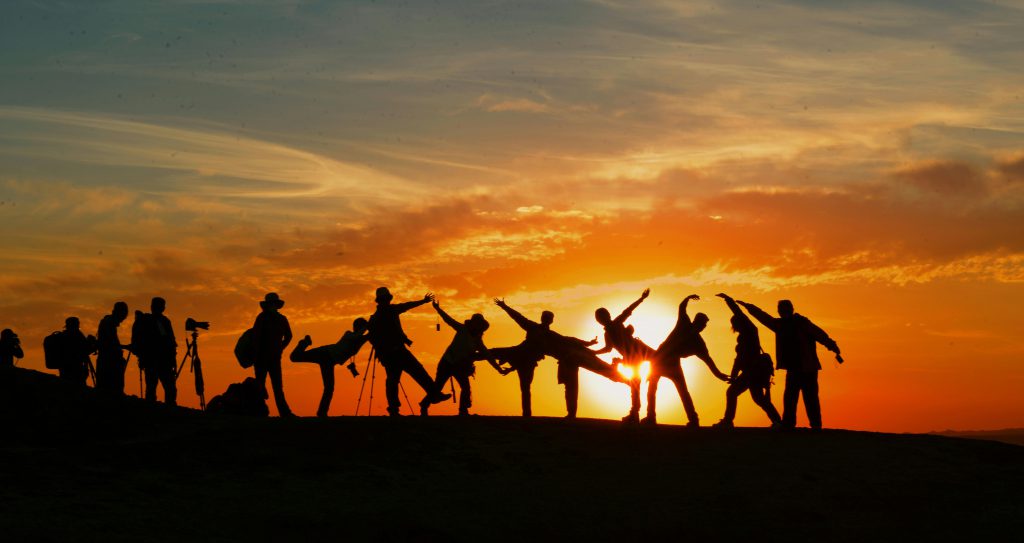
6. The hidden costs go beyond your wallet
Here’s what doesn’t always show up on the “cheap flight and Airbnb” version of your budget:
- Airport transfers
- Local SIM cards or roaming
- Tourist taxes
- Expensive last-minute meals when nothing’s open
- Entry fees to places you didn’t plan on visiting (but now feel like you have to)
This is just naming a few, here is a deep dive into Hidden Travel Costs.
And then, the less visible ones:
- Time spent stressing over logistics
- Mental fatigue from constant decision-making
- That nagging pressure to make every moment “worth it”
It’s easy to think you’ll save money planning everything yourself—but unless you’ve got local connections or insider rates, you’ll often pay more for a bumpier ride.
7. What most travel companies actually get right.
Let’s be honest: the profit margin on a ski pass or hotel room isn’t sky-high. Most of what you’re paying for isn’t the accommodation or even the activity—it’s the network.
Travel companies thrive because of partnerships you don’t see. Special agreements with hotels. Trusted transport providers. The knowledge of how to pivot when snow closes one road but not another.
Think of it like Airbnb: they’re not just offering a room—they’re offering the infrastructure that gets you there easily, safely, and (usually) smoothly. Good travel companies do the same.
You’re not just buying a trip—you’re buying ease, access, and a shortcut past the guesswork.

So… should you still travel?
Of course. Just do it with your eyes open. Expect the bumps. Value the people. Trust the groundwork.
And when it makes sense, let someone who knows the place handle the heavy lifting. Not because you can’t do it yourself—but because sometimes the best kind of freedom is the one you don’t have to fight for.
